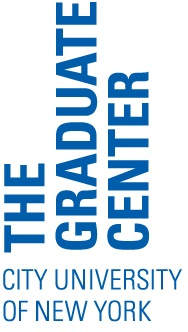How to Respond to a Call for Papers in the Humanities

Photo by Christin Hume on Unsplash
See the earlier post in this two-part series, “Where to Find Calls for Papers in the Humanities,” for guidance on how to select relevant CFPs.
Responding to Calls for Papers
Now that you’ve found a CFP that touches on your academic research interests, you need to write the paper proposal or abstract (note that “proposal” and “abstract” may technically have different meanings but are often used interchangeably in the world of academic conferences). You can think of a paper proposal as a very concise version of the introduction to the paper you are proposing. Emphasize brevity because you want to be sure to adhere to any word limits mentioned in the CFP. There are a couple different approaches to writing a paper proposal in response to a CFP. One method is to draft an abstract from a preexisting piece of writing. This might be a paper you wrote for a class last semester, or a part of a dissertation chapter. The second method is to write a more speculative abstract for a conference paper that addresses the CFP’s topic(s) and will give you usable pages toward a draft of a seminar paper, article, or dissertation chapter. In either case, your proposal should address the questions or topics mentioned in the CFP (often by repeating key words or phrases from the CFP much as you would repeat key words from a job ad in a cover letter). It should lay out the premise for your conference paper (even if that paper is still just a hypothetical to you, describe it in the present tense and with certainty). Your proposal should lay out the questions your paper will seek to answer, and why these questions matter, as well as why your methods are appropriate. Even if you feel you’re speculating, include a sentence about what this paper will allow you to conclude, and/or what further scholarship it will enable.
Make sure in your proposal to link your ideas not only to what the CFP requests, but also to the theme of the conference (if any). Google the conference or panel organizer(s) (generally, the owner of the email address to whom you are submitting your proposal; you will usually but not always also have this person’s name). Determine their discipline and primary research interests from a departmental or other professional webpage and take these into account when crafting your proposal. For example, if you are proposing a paper for a panel organized by an art historian, you should mention keywords relating to visual culture in your proposal and resulting paper.
Remember that your paper, if accepted, will have a time limit—usually 15-20 minutes, which is about 7-10 pages if read clearly. Thus, if your proposal is running a bit long, think to yourself, which parts do you have the most research to support? Cut anything that refers to weaker material that you may not cover anyway due to time constraints.
After You Submit
Once you submit your paper proposal via email or the conference website, per the organizers’ directions, stay busy with other work while waiting for a reply. Since you’ve only proposed papers that would help you draft necessary materials for your intended research, you don’t need to worry about doing anything out of the ordinary for the conference before you learn whether your work has been accepted. Once an acceptance comes your way, pat yourself on the back and start drafting or reshaping your material. Reply to the organizers promptly to confirm your participation and add the conference paper to your CV if you’re planning to attend the conference.




